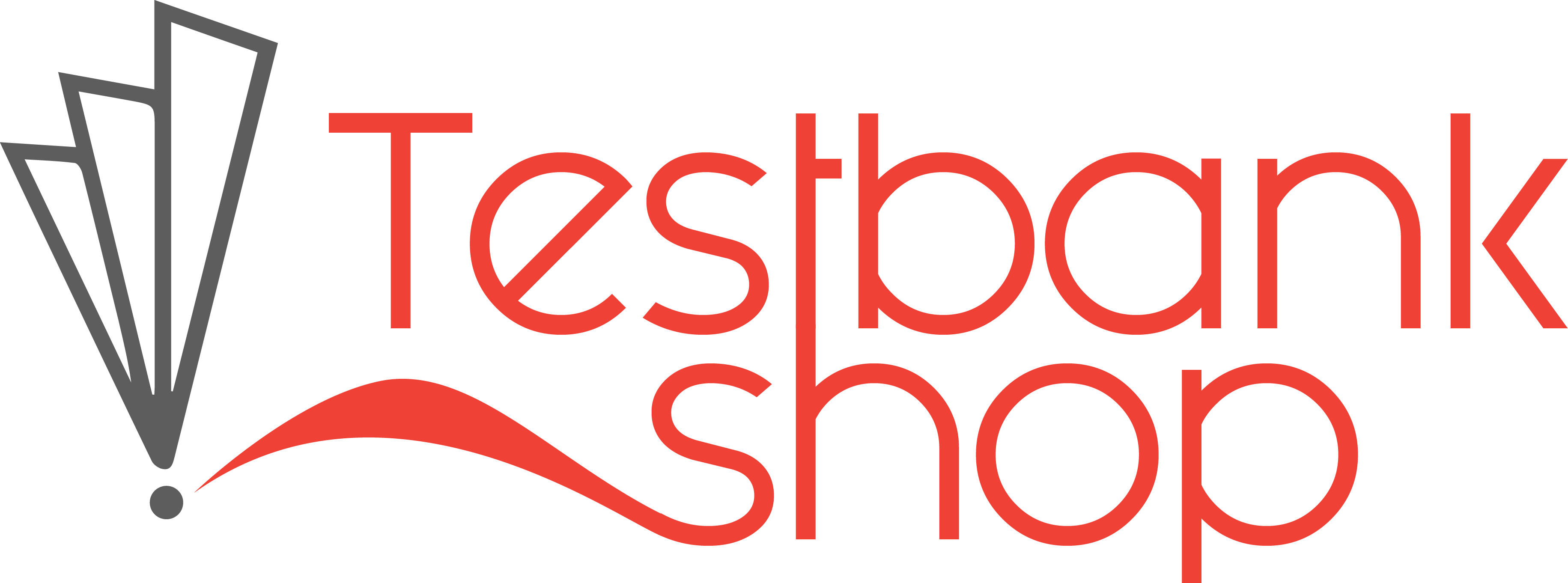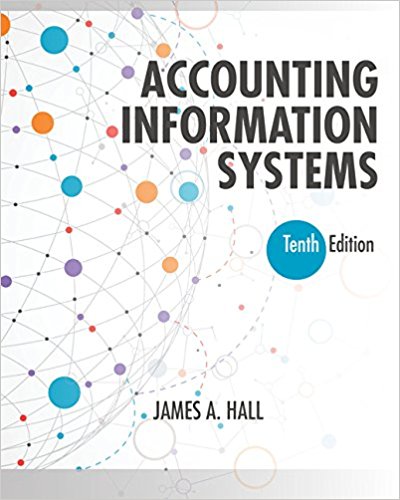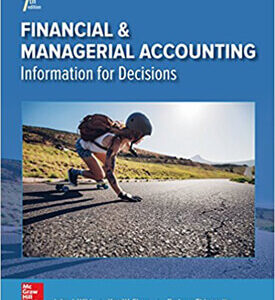Solution Manual for Accounting Information Systems 10th Edition by Hall
Solution Manual for Accounting Information Systems 10th Edition by Hall
Accounting Information Systems 10th Edition by Hall – Solution Manual
Accounting Information Systems 10th Edition by Hall
Accounting Information Systems
Table of Contents
Part I: OVERVIEW OF ACCOUNTING INFORMATION SYSTEMS.
1. The Information System: An Accountant’s Perspective.
2. Introduction to Transaction Processing.
3. Ethics, Fraud, and Internal Control.
Part II: TRANSACTION CYCLES AND BUSINESS PROCESSES.
4. The Revenue Cycle.
5. The Expenditure Cycle Part I: Purchases and Cash Disbursements Procedures.
6. The Expenditure Cycle Part II: Payroll Processing and Fixed Asset Procedures.
7. The Conversion Cycle.
8. Financial Reporting and Management Reporting Systems.
Part III: ADVANCED TECHNOLOGIES IN ACCOUNTING INFORMATION.
9. Database Management Systems.
10. The REA Approach to Business Process Modeling.
11. Enterprise Resource Planning Systems.
12. Electronic Commerce Systems.
Part IV: SYSTEMS DEVELOPMENT ACTIVITIES.
13. Systems Development and Program Change Activities.
Part V: COMPUTER CONTROLS AND AUDITING.
14. IT Controls Part I: Sarbanes-Oxley and IT Governance.
15. IT Controls Part II: Security and Access.
16. IT Controls Part III: Systems Development, Program Changes, Application Controls.
Glossary.
Subject Index.
CHAPTER 1
THE INFORMATION SYSTEM: AN ACCOUNTANT’S PERSPECTIVE
REVIEW QUESTIONS
- Operational, operations management, middle management, and top management. Horizontal flows support operation-level tasks. The information is highly detailed about the day-to-day operations. Vertical flows distribute summarized information to managers at all levels, and this information flows upward. Instructions, quotas, and budgets also flow downward.
- Data are facts that are collected in a “raw” form and made meaningful through processes such as sorting, aggregating, classifying, mathematically manipulating, and summarizing. The meaningful data is considered to be information. Information Systems are the formal procedures by which data are collected, stored and processed into the system and distributed to users.
- AISs process financial transactions and certain nonfinancial transactions that directly affect the processing financial transactions. The external financial reporting documents of AIS are subject to legal and professional standards. Consequently, management and accountants have greater legal responsibility for AIS applications than for MIS applications. The MIS processes nonfinancial transactions that are outside the scope of the AIS. MIS applications expand the information set provided to such areas as production, sales, marketing, and inventory management. MIS often draws from and builds on data from the AIS.
- Revenue cycle, expenditure cycle, and conversion cycle.
- Reports used by management, which the company is not obligated by law, regulation, or contract to provide. These are often used for internal problem-solving issues rather than by external constituents.
- Relevance, accuracy, completeness, summarization, and timeliness.
- Relevance and efficiency.
- Data attribute (field), record, file, and database.
- Storage, retrieval, and deletion.
- Feedback is output that is sent back to the system as a source of data. Feedback is useful because it can be used to initiate or adjust the system processes.
- A. to support the stewardship function of management,
B.to support the decision-making processes of managers, and
- to support the day-to-day operations of the firm.
- Stewardship is the responsibility of management to properly utilize the resources of the firm entrusted to them. Information systems provide management with reports to better manage the resources and also provide responsibility reports by which management may be evaluated.
- A. Materials Management
1.purchasing
- receiving
3.stores
B.Production
- production planning
2.quality control
3.maintenance
- Marketing
1.advertising
2.market research
3.sales order processing
- Distribution
1.warehousing
2.shipping
- Personnel
1.recruiting
2.training
3.benefits
4.counseling
F.Finance
1.portfolio management
2.treasury
3.credit
4.cash disbursement
5.cash receipt




